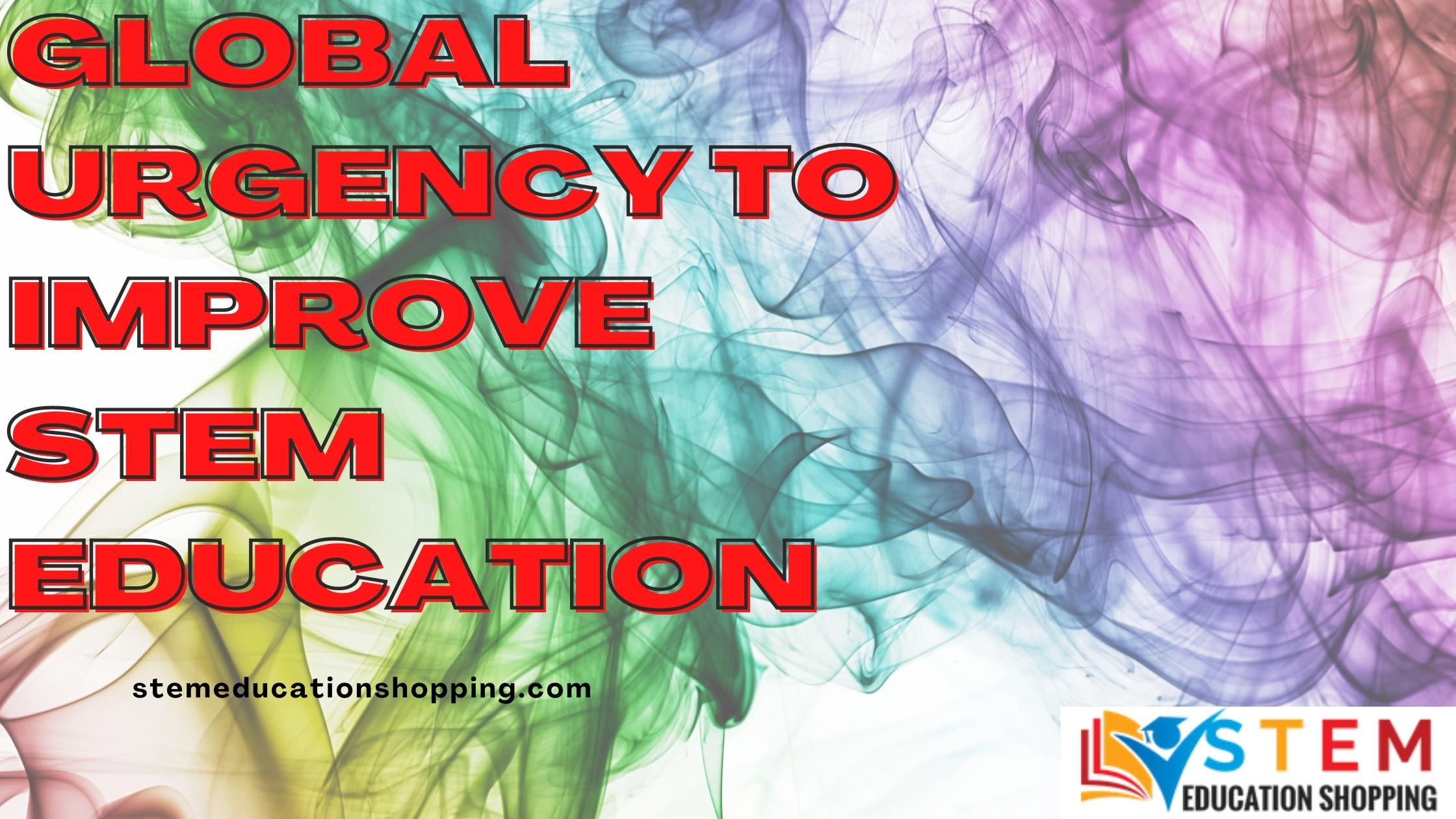
Fusing Disciplines: Integrative Learning Activities in STEM – Comprehensive Guide
- By admin
- 2023-08-27
- 0 comments
As an educator, I am constantly seeking innovative ways to engage my students and enhance their learning experience.
That’s why I am excited to share with you the concept of integrative learning activities in STEM.
In this article, we will delve into the benefits of fusing disciplines, explore strategies for designing these activities, and examine successful case studies in education.
Additionally, we will discuss the challenges that come with implementing integrative learning and assess its impact on student outcomes.
Join me as we explore the future directions of advancing integrative learning in education.
KEY TAKEAWAY
What are integrative learning activities in STEM?
Integrative learning (1) activities combine various subjects to enhance holistic understanding and problem-solving skills in STEM.
Exploring the Benefits of Integrative Learning
Exploring the benefits of integrative learning can help me develop a deeper understanding of complex topics.
Integrative learning is an approach that combines different disciplines and encourages interdisciplinary thinking.
By integrating various subjects, I am able to see connections and patterns that I may have missed by studying them separately.
One benefit of integrative learning is the development of critical thinking skills.
When I engage in integrative activities, I am challenged to analyze information from multiple perspectives and evaluate its relevance to the topic at hand.
This process strengthens my ability to think critically and make informed decisions.
Additionally, integrative learning fosters creativity and innovation.
By combining ideas from different fields, I am able to generate unique solutions to complex problems.
This cross-pollination of knowledge allows me to think outside the box and come up with fresh insights.
Furthermore, integrative learning promotes holistic understanding.
Instead of viewing topics in isolation, I can grasp their interconnectedness and gain a more comprehensive understanding of how they relate to each other.
This broader perspective enhances my ability to synthesize information and make meaningful connections.
Strategies for Designing Integrative Learning Activities

Combining different fields and creating activities that incorporate various subjects is key to effectively designing integrative learning strategies (2).
When it comes to developing these strategies, there are a few important considerations to keep in mind.
Firstly, it’s important to identify the specific learning objectives that you want to achieve through the integration of disciplines.
This will help guide your selection of subjects and activities.
Next, it’s crucial to ensure that all the disciplines involved are given equal importance and attention.
Each subject should contribute something meaningful to the overall learning experience.
This can be achieved by carefully selecting topics or themes that naturally lend themselves to interdisciplinary exploration.
Furthermore, providing students with opportunities for collaboration and teamwork can greatly enhance their integrative learning experience.
Group projects or problem-solving activities can encourage students from different disciplines to work together, building their communication and critical thinking skills.
Finally, incorporating real-world applications into the learning activities helps students see the relevance of what they are studying across multiple disciplines.
By connecting classroom concepts with practical examples, students gain a deeper understanding of how different subjects intersect and interact in real-life situations.
In conclusion, designing effective integrative learning strategies requires careful consideration of learning objectives, equal emphasis on all involved disciplines, opportunities for collaboration, and real-world applications.
These elements create a rich and meaningful educational experience for students.
Now let’s explore some case studies that highlight successful integration of disciplines in education…
Case Studies: Successful Integration of Disciplines in Education

Let’s take a look at some case studies that showcase how different subjects can be successfully integrated in education.
One notable example is the STEM to STEAM approach, which involves integrating arts and design into science, technology, engineering, and math curricula.
Research has shown that this interdisciplinary approach not only enhances students’ creativity and problem-solving skills but also improves their overall understanding of STEM concepts.
Another successful integration of disciplines can be seen in project-based learning (PBL).
PBL allows students to engage in real-world projects that require them to apply knowledge and skills from multiple subject areas.
For instance, a project on sustainable agriculture could involve elements of biology, chemistry, environmental science, and economics.
This holistic approach helps students see the connections between different subjects and fosters their ability to think critically.
Furthermore, the integration of literature and history has proven effective in enhancing students’ comprehension of historical events.
By reading historical novels or primary documents alongside traditional history textbooks, students gain a deeper understanding of the human experience during specific time periods.
In conclusion, these case studies demonstrate the effectiveness of integrating different subjects in education.
By breaking down disciplinary boundaries and encouraging cross-curricular connections, integrative learning provides students with a more comprehensive educational experience.
Now let’s explore some challenges that educators may face when implementing integrative learning activities.
Overcoming Challenges in Implementing Integrative Learning
One challenge I may face in implementing integrative learning is finding ways to overcome resistance from traditional subject-focused approaches.
Integrative learning encourages students to make connections across different disciplines, promoting critical thinking and problem-solving skills.
However, many educators are accustomed to teaching within the boundaries of their specific subjects and may be hesitant to embrace a more holistic approach.
To address this challenge, it is important to provide educators with professional development opportunities that emphasize the benefits of integrative learning.
Workshops and training sessions can help teachers understand how integrating multiple subjects can enhance student engagement and deepen understanding.
Additionally, sharing success stories and case studies of schools or classrooms that have successfully implemented integrative learning can inspire other educators to give it a try.
Collaboration among teachers is another effective strategy for overcoming resistance.
By working together, educators can identify ways to integrate different subjects into their lesson plans and share resources and ideas.
This collaborative approach not only helps alleviate some of the workload but also fosters a supportive environment where educators feel empowered to try new teaching methods.
Overall, by providing support through professional development opportunities and fostering collaboration among teachers, we can overcome resistance from traditional subject-focused approaches and successfully implement integrative learning in our classrooms.
Assessing the Impact of Integrative Learning on Student Outcomes
To assess the impact of integrative learning on my students’ outcomes, I can use a variety of assessment methods.
One effective method is through project-based assessments that require students to apply knowledge from multiple disciplines to solve real-world problems.
This allows me to evaluate their ability to integrate information and perspectives from various sources.
Another way to assess the impact of integrative learning is through reflective assignments.
Students can analyze how they have applied knowledge from one subject area to another.
This helps me gauge their ability to transfer and connect concepts across different domains.
In addition, I can use rubrics specifically designed for integrative learning outcomes.
These rubrics provide clear criteria for evaluating students’ abilities in critical thinking, interdisciplinary connections, and problem-solving.
Furthermore, surveys and interviews can be conducted to gather qualitative data on students’ perceptions of their own growth in integrative learning.
By asking them about the connections they have made between different subjects or how these connections have influenced their thinking processes, I can gain valuable insights into the impact of integrative learning on their overall development.
Overall, by using a combination of assessment methods such as project-based assessments, reflective assignments, rubrics, surveys, and interviews, I can comprehensively assess the impact of integrative learning on my students’ outcomes.
This approach allows me to measure their critical thinking skills and ability to make connections across different subjects effectively.
Future Directions: Advancing Integrative Learning in Education
In order to advance integrative learning in education, it is important for educators like myself to explore innovative approaches that foster interdisciplinary connections and critical thinking skills.
As an educator, I understand the value of integrating different disciplines to provide students with a holistic understanding of complex issues and prepare them for real-world challenges.
One approach that holds great promise is project-based learning.
By engaging students in hands-on projects that require them to draw on knowledge from multiple subjects, we can encourage them to make connections across disciplines and develop a deeper understanding of the material.
For example, a project on climate change could involve elements of science, math, social studies, and language arts.
Another avenue worth exploring is the use of technology as a tool for integrative learning.
Online platforms and virtual reality simulations can provide students with immersive experiences that bridge gaps between subjects.
Additionally, incorporating multimedia resources such as videos and interactive presentations can help students see how different disciplines intersect in real-world applications.
Furthermore, collaboration among educators is crucial for advancing integrative learning.
By sharing best practices and collaborating on interdisciplinary projects, we can create a supportive network where ideas flow freely and innovation thrives.
Overall, by embracing innovative approaches such as project-based learning, leveraging technology tools, and fostering collaboration among educators, we can take important steps towards advancing integrative learning in education.
Through these efforts, we can equip our students with the skills they need to succeed in an increasingly interconnected world.
Alternatively, you can find more tips on integrative learning guide.
Conclusion
In conclusion, integrative learning activities offer a transformative educational experience that transcends boundaries and fosters holistic growth.
By fusing disciplines, students are like artists blending colors on a canvas, creating a masterpiece of knowledge and understanding.
These activities provide opportunities for deep exploration, critical thinking, and collaboration, preparing students to thrive in an interconnected world.
While challenges may arise during implementation, the benefits outweigh them as students develop essential skills and expand their horizons.
As we continue to advance integrative learning in education, we can empower students to become lifelong learners who embrace complexity with curiosity and creativity.
Curious about the role of teachers in STEM education? Check it out here.
References
- https://en.wikipedia.org/wiki/Integrative_learning
- https://serc.carleton.edu/liberalarts/integrative/index.html





